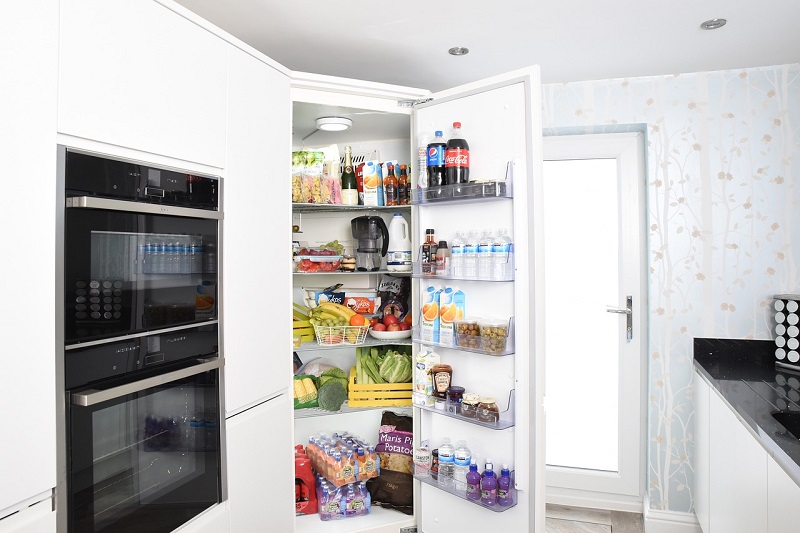When it comes to cooling your home or office, refrigerated cooling systems are becoming increasingly popular due to their energy efficiency and effective cooling capacity. Whether you're considering a DIY installation or hiring a professional HVAC technician, this guide will walk you through the 10 crucial steps to installing refrigerated cooling systems.
 |
| Refrigerated Cooling Systems |
By understanding these steps, you can ensure a smooth installation process and optimized performance of your refrigerated cooling systems:
1. Assess your Cooling Needs
Before you set out to install a refrigerated cooling system, it's crucial to assess your cooling needs. This includes evaluating the size of the space you need to cool, the number and type of windows, insulation quality, and the local climate. These factors will determine the cooling capacity you need in a system and will guide your selection process.
2. Choose the Right System
Refrigerated cooling systems come in various types and capacities. From central air conditioners to ductless mini-splits, it's important to choose a system that suits your specific needs and budget. Key considerations should include energy efficiency ratings, noise levels, and ease of maintenance.
3. Pre-installation Preparations
Before starting the installation process, clear the designated areas for indoor and outdoor units. Ensure there is proper ventilation and access to electrical connections. For the outdoor unit, choose a location that is free from direct sunlight and rain.
4. Installing the Indoor Unit
The indoor unit should be installed in a location where airflow can be distributed evenly. Ensure it’s mounted at the correct height, typically about 7-8 feet from the floor. Use a wall bracket or mounting plate for secure installation.
5. Installing the Outdoor Unit
The outdoor unit, or condenser, should be placed on a stable, flat surface. It needs to be in a well-ventilated area with enough clearance on all sides for heat dissipation and easy maintenance.
6. Connecting Indoor and Outdoor Units
The indoor and outdoor units are connected using refrigerant lines, a condensate drain line, and electrical wiring. This step requires precision and knowledge of HVAC systems, and it may be best to hire a professional HVAC technician.
7. Electrical Connections
The refrigerated cooling system needs to be connected to power. This involves wiring the indoor and outdoor units, the breaker, and the thermostat. For safety reasons, it's recommended to have a certified electrician handle this step.
8. System Testing
Once everything is installed and connected, it's time to test the system. This includes checking for leaks, ensuring all components are working correctly, and verifying that the system is cooling efficiently.
9. Post-installation Tasks
After testing, seal any openings or holes created during installation. This prevents air leaks and maintains the energy efficiency of your system. It's also advisable to clean the work area thoroughly.
10. Maintenance Steps
Regular maintenance of your refrigerated cooling system is vital for its longevity and performance. This includes cleaning or replacing air filters, inspecting and cleaning the condensate drain, and having regular professional check-ups.
Conclusion
Installing a refrigerated cooling system is a significant investment that requires careful planning and execution. By following these 10 steps, you can ensure a smooth installation process and efficient operation of your system. Whether you opt for a DIY approach or hire professionals, having a solid understanding of the process can help you make informed decisions to maximize your system's performance and energy efficiency.
Visit Us
Templestowe Heating And Cooling
2-4 Templestowe Rd, Bulleen VIC 3105, Australia





0 Comments